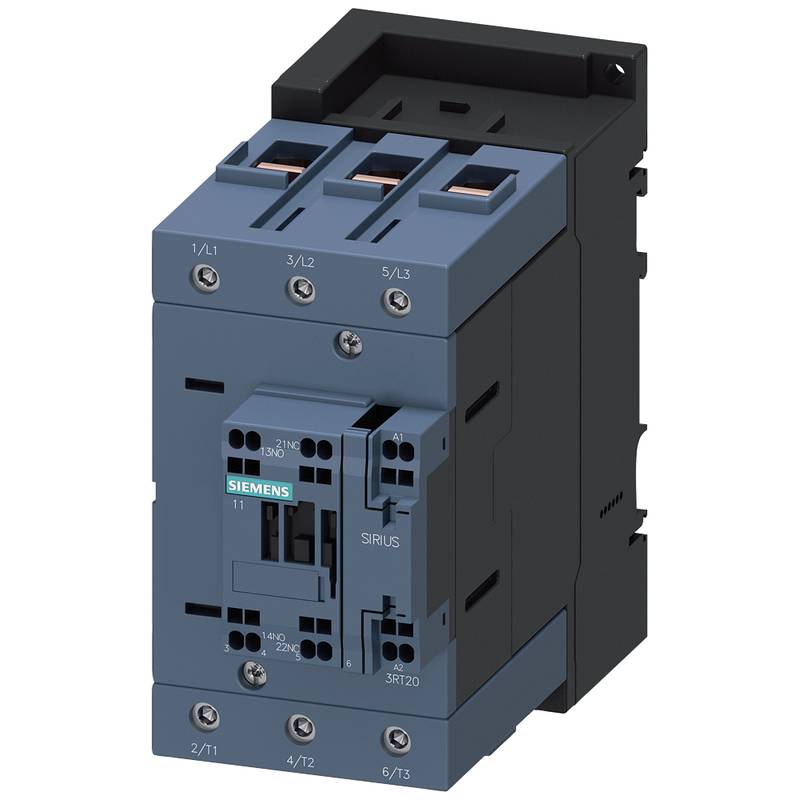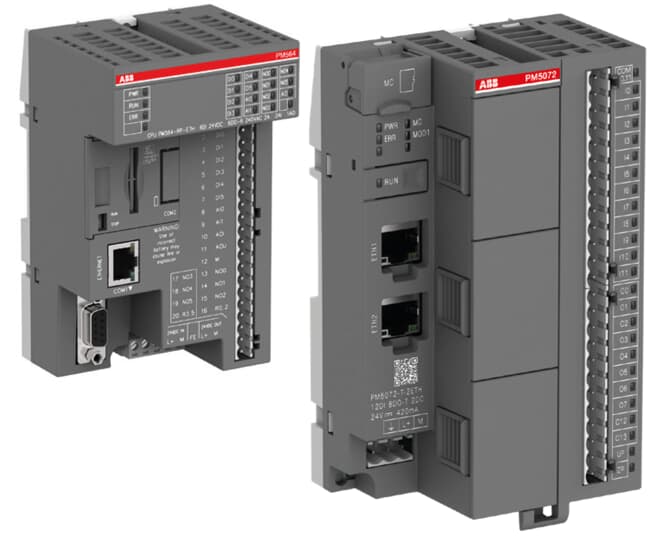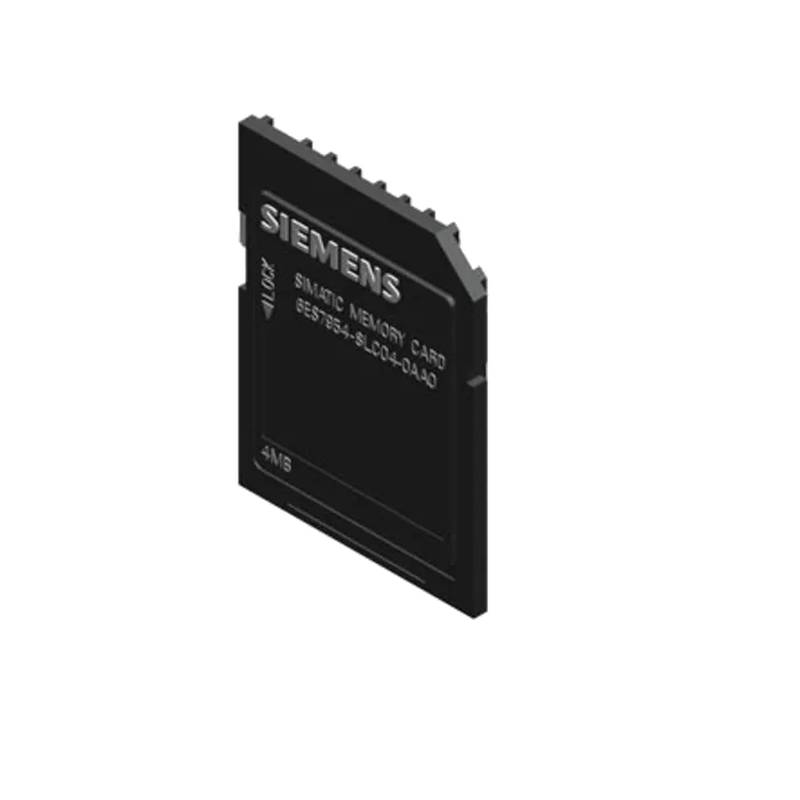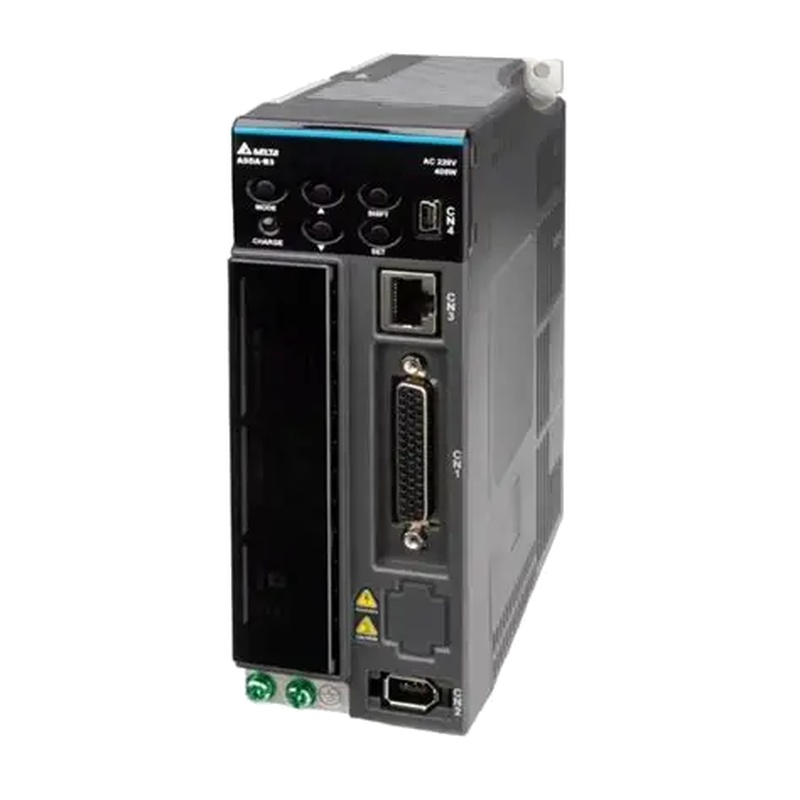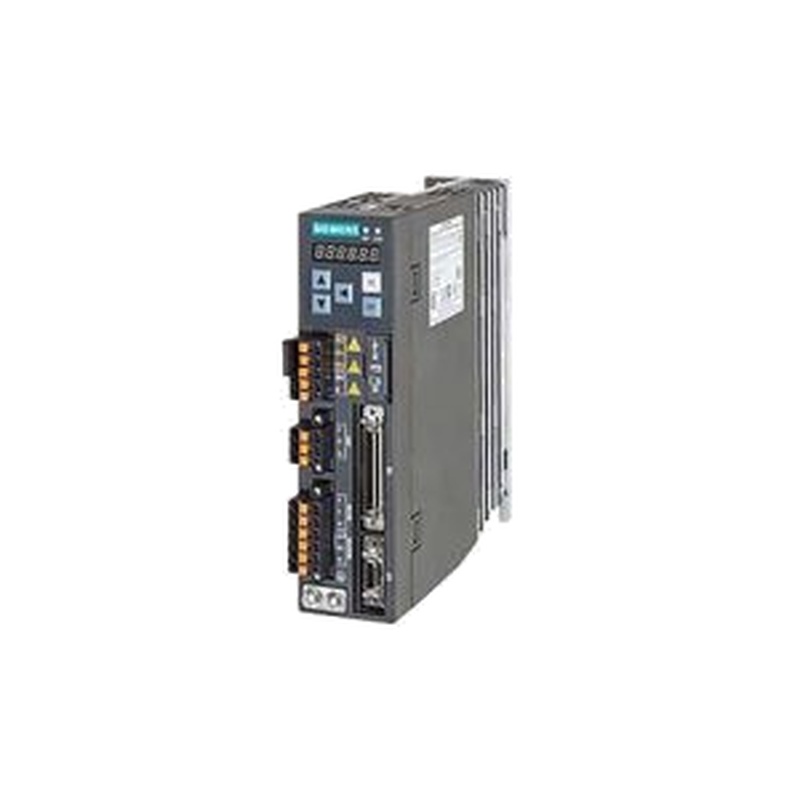
The Delta ECM-B3H-FA1313SS1 B3 Brake High-Resolution Motor represents a significant advancement in motion control technology, offering unparalleled precision and robust performance for demanding industrial applications. This servo motor is engineered with a high-resolution encoder, delivering exceptional feedback accuracy critical for intricate automation tasks. Its integrated brake ensures secure positioning and safety, even during power loss or emergency stops, making it a reliable choice for applications requiring absolute positional integrity. The ECM-B3H-FA1313SS1 boasts a formidable technical specification, including a rated voltage of 230V AC, a rated output power of 1.3 kW, and a rated speed of 3000 RPM, ensuring ample capacity for dynamic operations. Its compact frame size (FA130) and sophisticated control capabilities further solidify its position as a premium component in modern automated systems.
Core Features & Market Positioning
The Delta ECM-B3H-FA1313SS1 distinguishes itself through its high-resolution feedback system, providing superior positional accuracy essential for precision machining, robotics, and automated assembly lines. The integrated holding brake offers an added layer of safety and reliability, preventing unintended movement and protecting both equipment and personnel. This motor is designed to meet the stringent demands of industries prioritizing performance, efficiency, and operational safety. Its robust construction and advanced control algorithms enable smooth, dynamic movements with minimal vibration, contributing to enhanced product quality and reduced cycle times. The ECM-B3H-FA1313SS1 competes in the high-performance servo motor market, offering a compelling balance of advanced features, reliability, and integration ease for complex automation solutions.
Key Application Scenarios
This high-resolution servo motor is ideally suited for a wide array of industrial automation scenarios where precision and reliability are paramount. It excels in applications such as CNC machinery, where exact tool positioning is critical for intricate part manufacturing, and in robotic arms used for delicate assembly or pick-and-place operations. The integrated brake makes it particularly valuable for vertical axis applications, automated storage and retrieval systems (AS/RS), and any scenario where maintaining position during unexpected power interruptions is a primary concern. Furthermore, its performance characteristics lend themselves to high-speed packaging equipment and automated textile machinery, where precise motion control directly impacts throughput and product quality.
Practical System Integration Guidance
Integrating the Delta ECM-B3H-FA1313SS1 into existing systems is facilitated by its standard communication interfaces and straightforward wiring requirements. The motor typically connects to a compatible Delta servo drive, such as those from the ASDA-B3 series, which provides the necessary power and control signals. For optimal performance, ensure proper grounding and adherence to voltage and current specifications as outlined in the drive and motor manuals. The high-resolution encoder requires specific connection terminals on the drive to ensure accurate feedback. Basic commissioning involves configuring motor parameters, such as encoder resolution, rated speed, and current limits, through the servo drive's interface. Advanced tuning may involve adjusting PID control loops to optimize dynamic response and minimize overshoot for specific load conditions.
Operation and Risk Mitigation
Safe operation of the Delta ECM-B3H-FA1313SS1 motor hinges on proper installation, parameter configuration, and adherence to safety protocols. Always ensure the integrated brake is correctly wired and functional, especially for applications where gravity or external forces could cause uncontrolled movement. During operation, monitor motor temperature and vibration levels; excessive heat or unusual noise may indicate improper loading, insufficient cooling, or internal issues. Common fault codes displayed by the associated servo drive often relate to overcurrent, overvoltage, encoder errors, or brake faults. Consult the servo drive's manual for specific code interpretations and troubleshooting steps, such as verifying wiring, checking encoder connections, or ensuring the brake is engaged/disengaged as expected by the control logic.
Scalability & Long-Term Value
The Delta ECM-B3H-FA1313SS1 motor offers excellent scalability and long-term value, primarily through its compatibility with Delta's broader automation ecosystem and support for advanced industrial networking protocols. When paired with compatible servo drives and controllers, these motors can be easily integrated into larger, more complex automation systems, allowing for phased upgrades and expansion of existing lines. The high-resolution encoder data can also be leveraged for IIoT initiatives, feeding performance metrics and diagnostic information into cloud-based analytics platforms for predictive maintenance and process optimization. This forward-looking design ensures that investments in the ECM-B3H-FA1313SS1 motor can support evolving manufacturing demands and the increasing trend towards smart factory environments.
Product Specifications
| Parameter | Value |
| :--------------------- | :------------------------ |
| Model | ECM-B3H-FA1313SS1 |
| Brake | Yes (B3 Brake) |
| Encoder Resolution | High Resolution |
| Rated Voltage | 230V AC |
| Rated Output Power | 1.3 kW |
| Rated Speed | 3000 RPM |
| Frame Size | FA130 |
| Holding Torque (Brake) | 8 Nm (Typical) |
| Insulation Class | Class F |
| Protection Rating | IP65 (with seal) |
| Shaft Type | Keyed with Screw |
Frequently Asked Questions
What is the primary advantage of the high-resolution encoder in the ECM-B3H-FA1313SS1 motor?
The high-resolution encoder provides extremely precise feedback on the motor's position and speed. This accuracy is crucial for applications requiring very fine movements and tight control loops, such as in CNC machines or robotics. It enables smoother operation and reduces cumulative errors over time, leading to higher product quality.
This superior feedback allows for more sophisticated motion profiles and faster response times. It is essential for tasks where exact positioning is not just desired but critical for the manufacturing process. The encoder’s detailed data also aids in diagnosing operational anomalies and optimizing system performance.
By offering a greater number of pulses per revolution, the high-resolution encoder facilitates advanced features like micro-stepping and precise trajectory control. This level of detail translates directly into improved repeatability and reduced scrap rates in high-precision manufacturing environments.
How does the integrated brake enhance safety and operational reliability?
The integrated brake on the ECM-B3H-FA1313SS1 motor provides fail-safe holding capability. It automatically engages when power is removed or during emergency stops, preventing unintended motion. This is vital for vertical axis applications or when stopping loads that could drift due to gravity.
This feature significantly enhances personnel safety by ensuring the machinery remains stationary during maintenance or unexpected power failures. It also protects the equipment and the work-in-progress from damage that could occur from uncontrolled movement.
The brake's presence simplifies system design by eliminating the need for external braking mechanisms in many scenarios. Its reliable operation contributes to the overall robustness and predictable performance of the automated system.
What types of industrial applications best utilize the Delta ECM-B3H-FA1313SS1 motor's capabilities?
This motor excels in applications demanding high precision and robust holding power. Examples include CNC machining centers for intricate part fabrication, automated assembly lines requiring exact component placement, and robotic systems performing delicate manipulations.
Its high resolution and integrated brake make it ideal for vertical motion control, such as in automated storage and retrieval systems (AS/RS), where maintaining position is critical. It is also well-suited for packaging machinery and automated material handling systems needing precise, repeatable movements.
Any industrial process where minimizing positional error, ensuring safety during downtime, and achieving high-quality output is paramount will benefit from this motor. This includes sectors like electronics manufacturing, pharmaceuticals, and automotive production.
What are the key technical specifications to consider when selecting the ECM-B3H-FA1313SS1?
Key specifications include its rated output power of 1.3 kW and a rated speed of 3000 RPM, indicating its performance capacity. The 230V AC operating voltage and FA130 frame size are crucial for power supply compatibility and physical integration.
The presence of the B3 brake (8 Nm typical holding torque) is vital for applications requiring static holding power. Understanding the high-resolution encoder's output is essential for achieving the desired positional accuracy in control loops.
Other important parameters include its IP65 protection rating for dust and water resistance and Class F insulation for thermal performance. The keyed shaft with screw ensures secure mechanical coupling to the driven load.
Can the ECM-B3H-FA1313SS1 motor be integrated with existing Delta servo drives?
Yes, the ECM-B3H-FA1313SS1 is designed to seamlessly integrate with Delta's ASDA-B3 series servo drives. These drives are engineered to leverage the motor's high-resolution feedback and advanced control features. Proper drive selection ensures optimal performance and system compatibility.
When integrating, it's important to configure the drive's parameters to match the motor's specifications, such as encoder type, rated speed, and current limits. This configuration is typically done via the drive's keypad or through commissioning software.
Ensuring correct wiring between the motor and the drive, particularly for the encoder and brake signals, is critical for successful integration. Always refer to the respective user manuals for detailed wiring diagrams and setup procedures.
What are common troubleshooting steps for issues related to the integrated brake on this motor?
If the brake is not engaging or disengaging as expected, first verify the wiring connections between the brake and the servo drive. Ensure the brake power supply and control signals are within the specified voltage ranges.
Check the servo drive's diagnostic status for any brake-related fault codes. These codes can help pinpoint issues like an open brake circuit, a short circuit, or a faulty brake coil. Consult the drive's manual for specific code interpretations and resolution steps.
If wiring and drive diagnostics appear normal, the brake itself may be worn or damaged. In such cases, the brake unit may need to be replaced. Perform a manual brake test if the drive supports this function to isolate the issue.
How does the high-resolution encoder contribute to improved motion control accuracy?
The encoder's high pulse count per revolution allows the control system to know the motor's position with greater granularity. This means the system can make finer adjustments to its movement, leading to smoother acceleration and deceleration profiles.
This enhanced precision is vital for applications requiring sub-millimeter accuracy or complex, multi-axis coordinated movements. It minimizes positional errors and overshoot, ensuring the load reaches its target position accurately and consistently.
The detailed feedback also enables more effective implementation of advanced control algorithms, such as adaptive tuning and vibration suppression. This ultimately translates to higher throughput, better product quality, and reduced wear on mechanical components.
What are the benefits of using a motor with an integrated brake in automation systems?
An integrated brake provides a reliable fail-safe mechanism for holding loads stationary, especially important in vertical axis applications where gravity can cause movement. This prevents unintended drifts and ensures position is maintained even during power loss.
It enhances overall system safety by securing machinery during maintenance, emergency stops, or unexpected power outages. This protects personnel from accidental movement of machinery and prevents damage to the equipment or workpieces.
Integrating the brake simplifies machine design and reduces the need for external braking components, potentially lowering system cost and complexity. It also contributes to faster cycle times by allowing for more aggressive motion profiles knowing the load can be reliably stopped.
What kind of electrical connection is typically used for the ECM-B3H-FA1313SS1 motor?
The ECM-B3H-FA1313SS1 motor utilizes standard industrial connectors for motor power, encoder feedback, and brake control. These connectors are typically designed for reliability in harsh environments, often featuring screw terminals or bayonet-style couplings.
Specific wiring details, including pinouts for the motor power phases, encoder signals (e.g., A/B, Z/index), and brake engagement/disengagement circuits, are provided in the motor's technical documentation and the associated servo drive's manual. Proper connection is essential for operation.
Adherence to recommended wire gauges, shielding requirements for encoder cables, and grounding practices is crucial for signal integrity and electrical safety. Incorrect wiring can lead to operational errors, performance degradation, or component damage.
What are the implications of the IP65 rating for this motor in industrial environments?
The IP65 rating signifies that the Delta ECM-B3H-FA1313SS1 motor offers excellent protection against dust ingress and is resistant to water jets. This makes it suitable for use in environments where dust accumulation or exposure to water splashes is common.
This level of protection enhances the motor's reliability and longevity in demanding industrial settings, reducing the risk of internal damage from environmental contaminants. It simplifies maintenance as cleaning can be done with water jets without compromising the motor's integrity.
For applications in food processing, chemical plants, or manufacturing facilities with wash-down requirements, the IP65 rating ensures the motor can withstand these conditions, contributing to a robust and dependable automation solution.



















